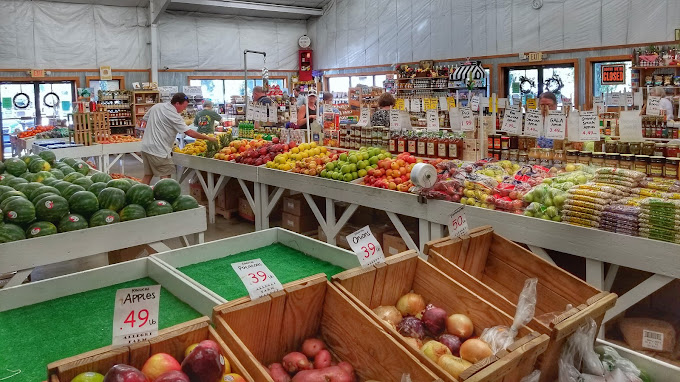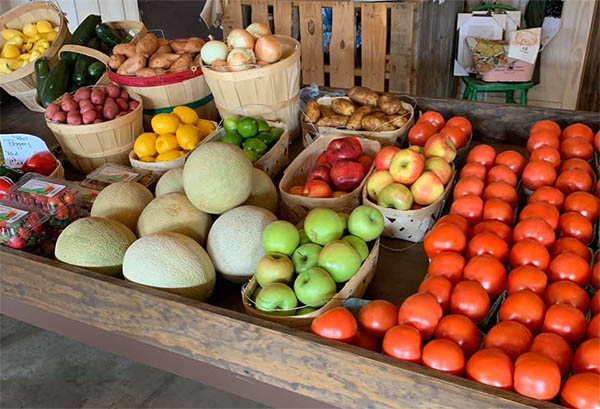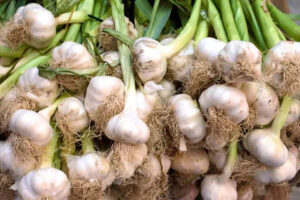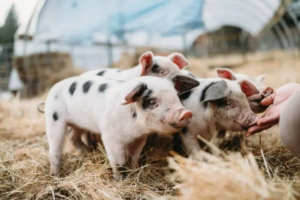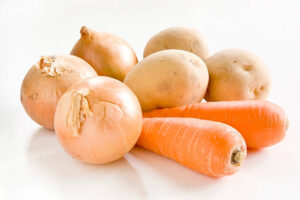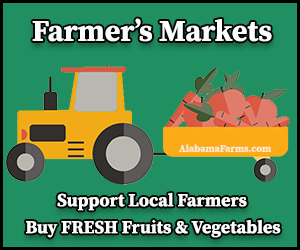Food fraud is an insidious and growing problem that affects consumers, businesses, and economies worldwide. It involves the deliberate misrepresentation of food products for economic gain, resulting in financial loss, compromised food safety, and erosion of consumer trust. Consumers face health risks from adulterated or contaminated products, financial loss from paying premium prices for inferior goods, and a breach of trust in the food supply chain. Farmers and legitimate producers suffer from unfair competition, as fraudulent products undermine the market for genuine, high-quality goods. This erosion of market integrity can lead to financial instability for honest producers and a diminished overall confidence in the agricultural industry. Addressing food fraud requires stringent regulations, advanced detection methods, and increased consumer awareness to protect both consumers and the livelihoods of honest farmers. This article explores the various forms of food fraud, its impact, and measures to combat it.
What is Food Fraud?
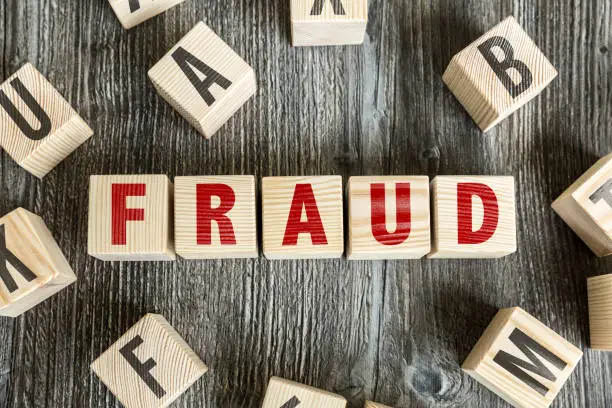
Food fraud encompasses a range of deceptive practices, including:
- Adulteration: Adding unauthorized substances to food products to increase volume or weight, such as diluting milk with water.
- Substitution: Replacing high-quality ingredients with cheaper alternatives, like substituting olive oil with a lower-quality oil.
- Counterfeiting: Imitating popular brands and packaging to sell inferior or fake products.
- Mislabelling: Providing false information on labels about the origin, quality, or contents of a product, such as misrepresenting farmed salmon as wild-caught.
- Theft: Stealing food products and repackaging them for sale without proper controls or traceability.
Examples of Food Fraud

- Olive Oil: One of the most commonly adulterated products, where extra virgin olive oil is often mixed with lower-grade oils.
- Honey: Frequently diluted with sugar syrup or corn syrup, making it difficult to detect without laboratory testing.
- Seafood: Mislabelling is rampant, with cheaper fish being sold as more expensive varieties. For example, tilapia may be labelled as red snapper.
- Milk: Watered down or contaminated with melamine to increase protein content, as seen in the infamous 2008 Chinese milk scandal.
- Meat: Horsemeat scandal in Europe where horsemeat was found in products labelled as beef.
Impact of Food Fraud

Food fraud has significant implications:
- Consumer Health: Adulterated or contaminated food products can pose serious health risks. For example, melamine contamination in milk products led to kidney damage in infants.
- Economic Loss: Businesses and economies suffer from lost revenue, brand damage, and the cost of recalls and legal actions.
- Loss of Trust: Consumers lose confidence in the food supply chain, which can affect purchasing decisions and market dynamics.
Combating Food Fraud

Addressing food fraud requires a multi-faceted approach:
- Regulation and Enforcement: Governments need to enforce stringent food safety regulations and conduct regular inspections. Penalties for fraud should be severe enough to deter potential offenders.
- Traceability Systems: Implementing robust traceability systems helps in tracking the journey of food products from farm to table. Technologies like blockchain can enhance transparency and accountability.
- Authentication Technologies: Advanced scientific methods, such as DNA testing, isotope analysis, and spectroscopy, can detect adulteration and verify the authenticity of food products.
- Consumer Awareness: Educating consumers about the signs of food fraud and encouraging them to report suspicious products can help in identifying and addressing fraud.
Notable Events in History Regarding Food Fraud

- Horse Meat Scandal (2013):
- Location: Europe
- Details: Horse meat was discovered in products labeled as beef, affecting numerous food products across Europe. Major retailers and food producers were implicated, leading to widespread recalls and a significant loss of consumer trust.
- https://food.ec.europa.eu/safety/eu-agri-food-fraud-network/eu-coordinated-actions/horse-meat-2013-14_en
- Melamine Contamination in Milk (2008):
- Location: China
- Details: Infant formula and other milk products were found to be contaminated with melamine, a chemical used to falsely increase protein content. This led to severe health issues, including kidney damage, affecting thousands of infants and resulting in several deaths.
- https://www.ncbi.nlm.nih.gov/pmc/articles/PMC2799451/
- Italian Olive Oil Scandal (2008):
- Location: Italy
- Details: A significant portion of olive oil labeled as “extra virgin” was found to be adulterated with lower-grade oils. The scandal revealed widespread fraud in the industry, with some estimates suggesting that up to 50% of extra virgin olive oil sold in global markets was not pure.
- https://www.theguardian.com/world/2008/apr/23/italy.fooddrinks
- Honey Fraud in the U.S. (2011):
- Location: United States
- Details: Investigations uncovered that much of the honey imported into the U.S. was adulterated with cheap sweeteners like high-fructose corn syrup or rice syrup. Additionally, some honey was found to contain antibiotics and heavy metals, posing a risk to consumers.
- https://www.justice.gov/usao-ndil/pr/two-companies-and-five-individuals-charged-roles-illegal-honey-imports-avoided-180
- Parmesan Cheese Fraud (2016):
- Location: United States
- Details: It was discovered that some products labeled as “100% Parmesan cheese” contained fillers such as wood pulp (cellulose) and cheaper cheeses. This mislabeling deceived consumers and harmed authentic cheese producers.
- https://www.forbes.com/sites/larryolmsted/2012/11/19/the-dark-side-of-parmesan-cheese-what-you-dont-know-might-hurt-you/
- Fake Organic Food (2013):
- Location: United States
- Details: A large-scale fraud scheme was uncovered where conventional crops were being sold as organic. This included corn and soybeans, which were falsely labeled to fetch higher prices, undermining the integrity of the organic certification process.
- https://theworld.org/stories/2013/08/15/stub-2055
- Aldi’s Horse Meat Scandal (2013):
- Location: Europe
- Details: Aldi, a major supermarket chain, was found to be selling frozen beef lasagna and spaghetti bolognese containing up to 100% horse meat. The products were supplied by Comigel, a French manufacturer, highlighting the complexities of the supply chain and the difficulty in ensuring product authenticity.
- https://www.theguardian.com/business/2013/feb/09/aldi-100-percent-horsemeat-beef-products
- Chinese Fake Eggs (2005):
- Location: China
- Details: Fake eggs made from chemicals, including calcium chloride and artificial colorants, were discovered. These fake eggs posed health risks and highlighted the extreme lengths to which food fraudsters would go to deceive consumers.
- https://www.nytimes.com/2011/05/08/world/asia/08food.html
These events underscore the ongoing challenges and risks associated with food fraud, emphasizing the need for stringent regulations, improved detection methods, and greater consumer awareness.

Food fraud is a complex issue that poses a threat to public health, economic stability, and consumer trust. By understanding its various forms and impacts, and implementing comprehensive strategies to combat it, we can protect the integrity of our food supply. Collaborative efforts from governments, businesses, and consumers are essential to ensuring the safety and authenticity of the food we consume.


